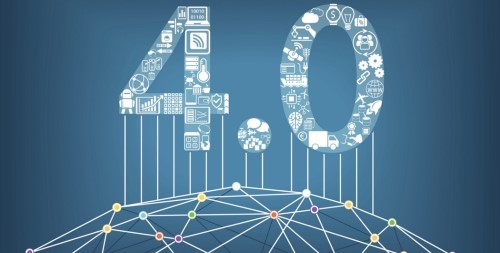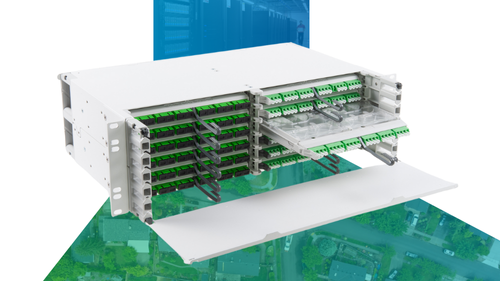 CommScope has a storied history of cable innovation that continues today. One of the most important innovations we helped pioneer is the DOCSIS standard, which specifies the transmission of high-bandwidth data over cable networks. Essentially, it’s the reason why you can get broadband services from your cable provider. This standard has evolved tremendously over the years, and today, its most exciting development is DOCSIS 4.0 (D4.0).
CommScope has a storied history of cable innovation that continues today. One of the most important innovations we helped pioneer is the DOCSIS standard, which specifies the transmission of high-bandwidth data over cable networks. Essentially, it’s the reason why you can get broadband services from your cable provider. This standard has evolved tremendously over the years, and today, its most exciting development is DOCSIS 4.0 (D4.0).
D4.0 was designed to carry the cable industry into the 10G future. If you think your gigabit connection today is fast, imagine what life would be like with 10x faster download speeds, or 5x faster upload speeds!
Why would anyone need such fast download and upload speeds? Well, imagine media resolutions increasing and 4K becoming the norm. Consider enterprise use cases and applications like telehealth and eLearning. If shelter-in-place has shown us anything of the future, you’ll be having more video calls on more screens. You’ll be uploading more video from more IoT devices—like doorbells and security cameras. You’ll be streaming games, VR experiences, cloud storage, and back-ups of your phone and other devices. It’s already happening. And operators are looking for new ways to stay ahead of the demand.
CLICK TO TWEET: CommScope’s Tom Cloonan gives you an inside look of what DOCSIS 4.0 means for operators and consumers.
So, what does D4.0 mean for operators? Aside from just specifying much faster speeds, it’s the first DOCSIS standard to incorporate both Full Duplex DOCSIS (FDX) and Extended Spectrum DOCSIS (ESD). These are the two primary pathways for reinvigorating today’s HFC networks. While FDX uses existing spectrum agnostically for both upstream and downstream bandwidth, ESD advocates for extending the available spectrum and dedicating certain parts of it for upstream or downstream traffic. In other words, FDX prioritizes the downstream while providing a strategy for expanding upstream spectrum, while ESD borrows from the downstream to allocate more spectrum to upstream capacity.
The debate continues around which approach is best, but the unifying aspect of D4.0 is that the specification allows for the coexistence of both architectures. That’s one of the reasons why it is a huge step forward for DOCSIS and the next generation of HFC networks. With SCTE right around the corner, it’s a great time to tune in and hear about the latest developments in DOCSIS and cable. CommScope’s experts will be speaking on related topics in a few panels and presentations at the show:
Monday, October 12th
Latency Labors: Solving for the (Super Low) Requirements of What's Coming
Tushar Mathur, Staff Systems Engineer, CTO Office
1:00 PM - 2:00 PM EDT
Tuesday, October 13th
The HFC Future: 10G, FDX, and Extended Spectrum
Ayham Al-Banna, Director of Product Management & Fellow
9:30 AM - 10:30 AM EDT
Wednesday, October 14th
How COVID-19 Catalyzed the Network
John Ulm, Engineering Fellow, Broadband Networks
9:30AM- 10:00AM EDT














